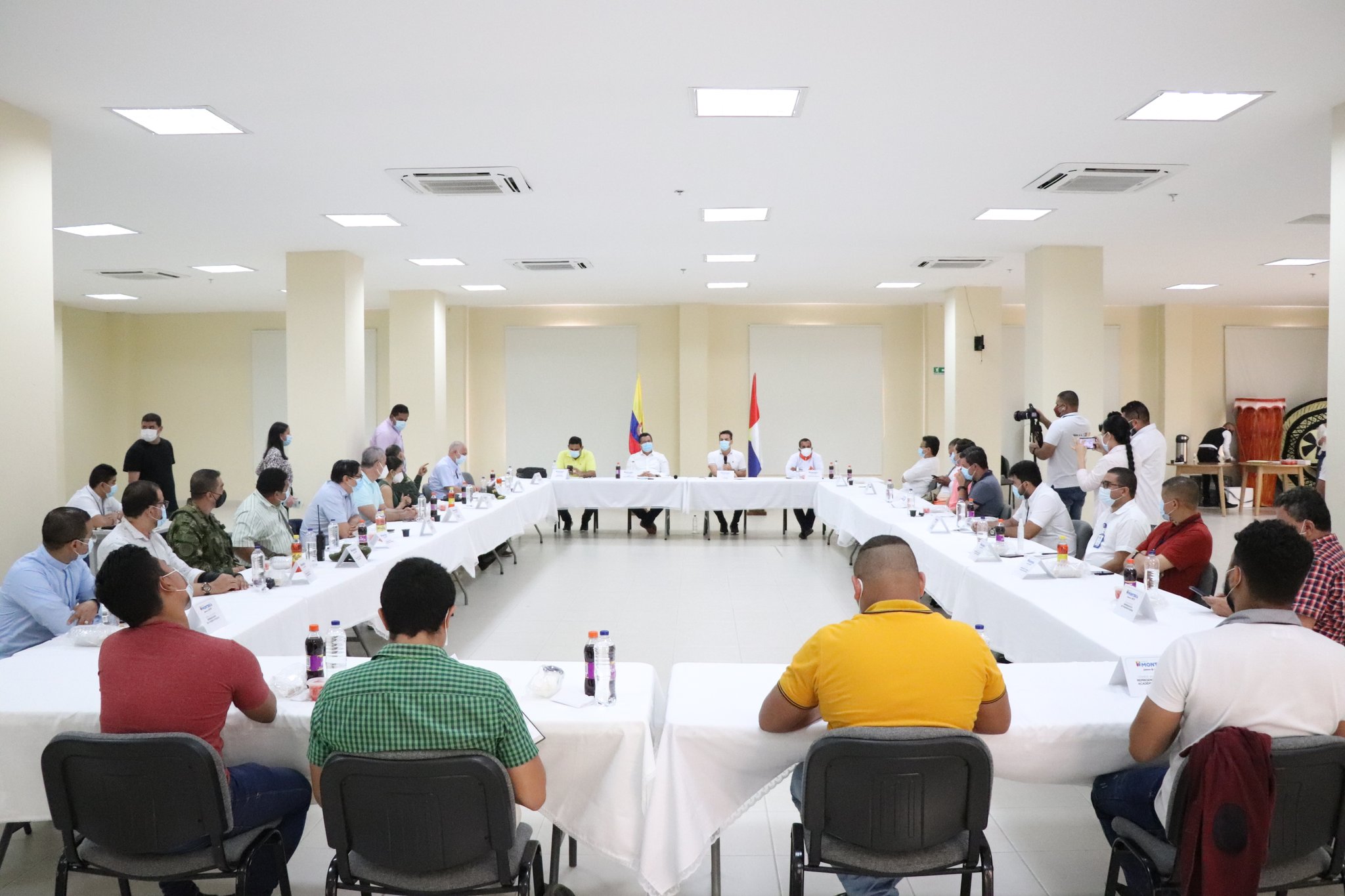Encouraging scientific curiosity is fundamental in the lives of students, because they are the ones who, thanks to the mastery of science and technology, will be able to develop the country. This scientific training in the educational system is a powerful incentive in the battle against poverty. By educating children, adolescents and youth focused on innovation, a huge and unlimited potential for generating development opportunities in the geography of Peru is fostered.
Although science and technology are essential for development. This has been proven by countries with scarce natural resources, such as Japan, Israel, and many other powers. But the leaders of Peru's educational system don't understand this. In Peru, only 9.7% of students have high proficiency in science and technology, according to the Ministry of Education’s 2022 report. This terrifying reality is a victory for merit-based education policy, which does not exploit students’ brains. Which leads to the perpetuation of the knowledge gap globally.
In this way, we hear the government and its ministers saying that Peru is growing at a rate of 2.5%, but they intelligently do not talk about development, because that is achieved through innovation and creativity. Intensive training in STEM (science, technology, engineering and mathematics) skills will enable sustainable social and economic progress, as students across the region go to school.
To achieve development, in addition to relevant economic factors, science, technology and innovation must be included in the national curriculum; Not just as a theoretical or occasional course, but as a course promoted by professional teachers and scholars from all fields, throughout educational training, from elementary level to doctorate.
According to an article published in the newspaper man from peru, The country has 10,000 science and technology clubs in private and public schools, promoted by the National Council for Science, Technology, and Technological Innovation (Concytec), which brings together 108,276 high school students and 11,698 teachers in STEM. This sounds encouraging, but what about elementary school children? Don't they know that they are the essential human group for cultivating and developing scientific curiosity?
When we remember the Chinese visionary Deng Xiaoping, it is time for our country and all of Latin America to embrace science, technology and creativity to achieve development. If we do not do this, an entire generation will be lost and we will lose the opportunity to enjoy a prosperous country.
Teaching students the amazing world of science, technology and innovation is not only a journey of knowledge, but also a powerful tool to drive sustainable progress for all nations.





